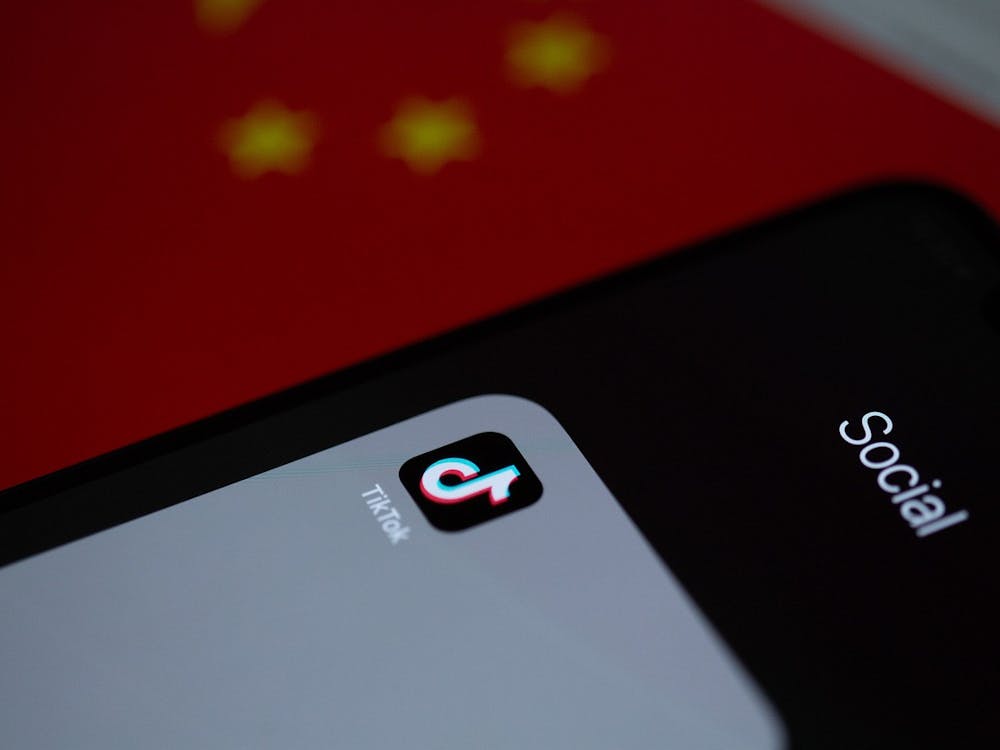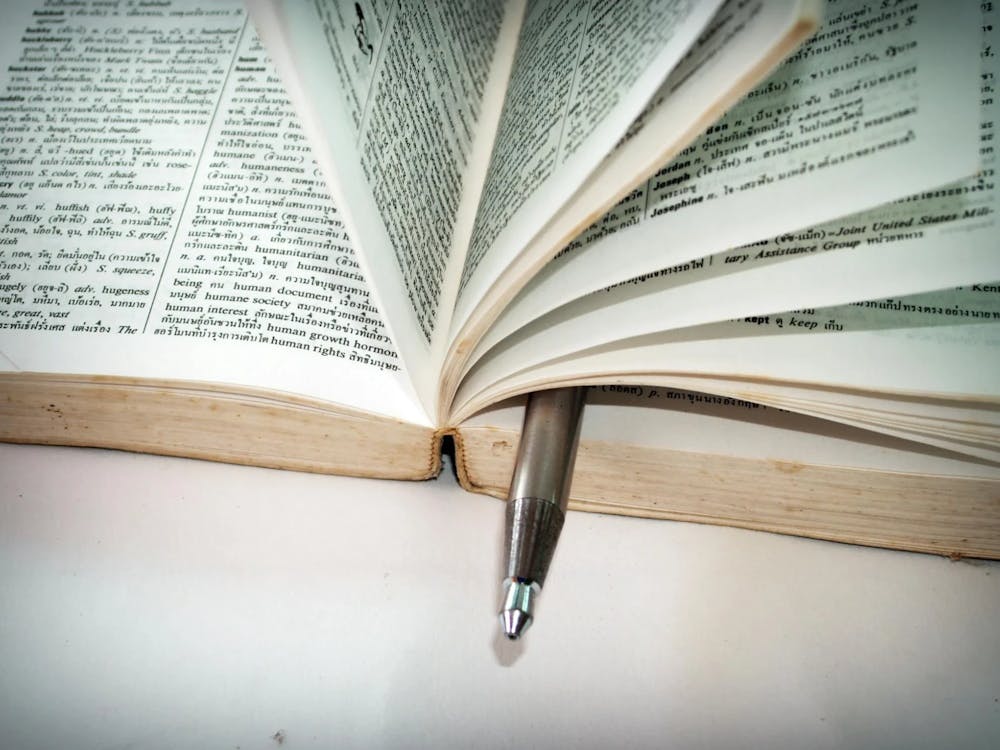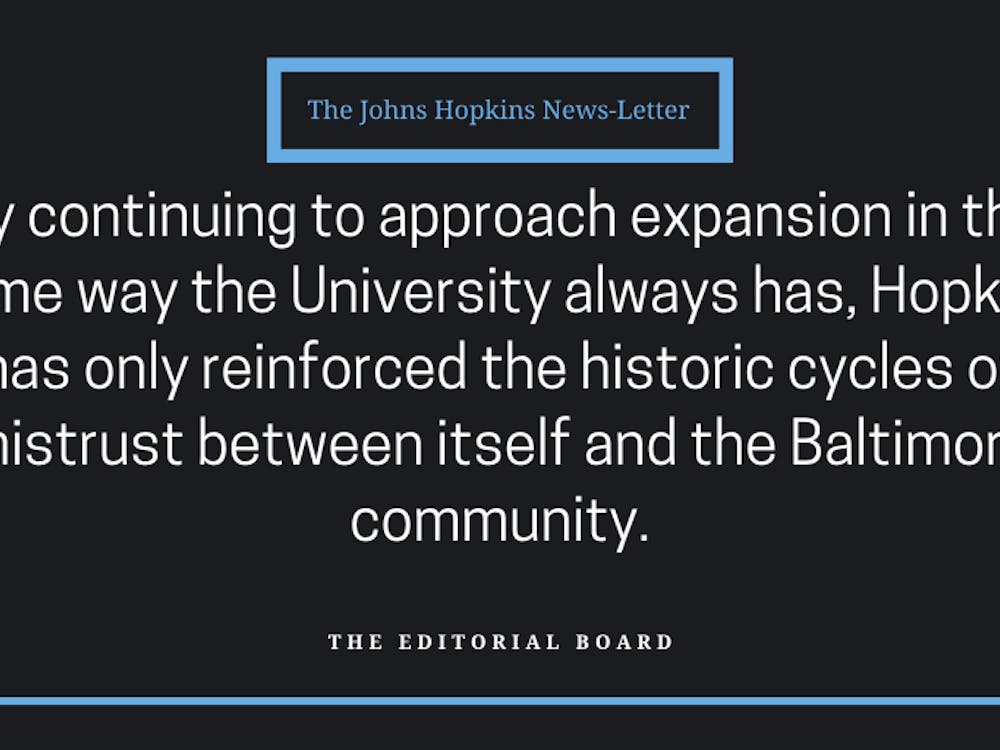This Monday, the U.S. News & World Report released their 2018 Best Colleges rankings. Hopkins had been No. 10 in the nation, but we’ve dropped to an 11th-place tie with Dartmouth and Northwestern. This is the biggest news in the Facebook meme group since... Well, the page didn’t exist when we first made it into the top 10.
In May 2013, University President Ronald J. Daniels unveiled his Ten by Twenty plan, which included the goal of becoming one of the top 10 universities in the country by 2020. The four pillars of the plan included “one university,” “individual excellence,” “commitment to our communities” and “institution building.” Hopkins planned to showcase its accomplishments through 30 “snapshots” of life on campus and in the community.
Perhaps before all of these projected pillars were grounded or achievements were made, Hopkins moved into the top 10 two years ago. It was a momentous event, a realization of Daniels’ goals a full five years ahead of schedule. Our faculty, staff and students took pride in our new milestone. It reaffirmed our belief in our University’s unique strengths. They’ve all come crashing down now that we’re back at No. 11, stuck just outside that revered group.
If we’re being honest, I’ve laughed at the hilarious and panicked posts in the meme group. This is the biggest hysterical episode since biomedical engineering dropped to No. 2 in the nation. Our “misery” is made bearable with humor, as it always is at Hopkins.
But instead of worrying about what being No. 11 means for our institution and us as students, maybe it’s time we think about what goes into these U.S. News & World Reports. What does it mean to be in the 10th spot versus the 11th?
Politico just published an eye-opening piece titled “How U.S. News college rankings promote economic inequality on campus.” The article breaks down the factors that determine each school’s ranking, points out where the “report cards” are lacking and argues that some measurements of success contribute to increasing economic inequality at elite schools.
U.S. News counts student performance on standardized tests, low acceptance rates (achieved by creating higher standards for admission, like higher test scores) and alumni donations as essential components of their scoring metric.
The problem is that schools will earn higher marks in all of these areas if they admit wealthier students: It has been well understood for years that standardized tests favor the wealthy, which in turn creates lopsided incoming freshmen classes, whose richest students are the ones donating 10 years after graduation. There is no metric for student economic diversity.
The Politico article argues that the pressure to accept wealthier students in order to achieve a higher ranking extends far beyond the Ivy League. The U.S. News & World Report rankings are an integral part of how high schoolers, parents and even current students perceive colleges. Consequently, some colleges go so far as to incorporate ranking into their plans, as seen here, with President Daniels’ Ten by Twenty.
One way to understand how colleges are bowing to ranking pressure is to look at their admissions statistics based on income as reported by the Equality of Opportunity Project. In 2011, roughly 12 percent of the admitted class represented the top one percent income bracket. Conversely, roughly 15 percent of the class represented the bottom 60 percent of income.
This looks okay: Hopkins admitted more low income students than extremely wealthy students. But compare 2011 to 2000, when roughly 22 percent of students came from that bottom 60 percent and only eight percent of the incoming class was in the top one percent, and a concerning trend begins to emerge. Hopkins has jumped significantly in the U.S. News rankings since 2000. This is what succumbing to pressure looks like and what increased economic inequality looks like.
While statistics never lie, I’m not here to bash Hopkins, especially not this year, when diversity has increased on our campus. Unlike schools like Princeton (No. 1 in the nation according to U.S. News), Hopkins is not admitting more students from the top one percent than the bottom 60 percent.
This should be a point of pride beyond any arbitrary, even skewed ranking. Hopkins does have a Ten by Twenty plan, yes, but it includes metrics that are not about favoring a wealthier student body.
President Daniels’ four priorities include forging collaboration across different areas of the University, supporting students, faculty and staff, enriching our role in Baltimore and the world and building an even better Hopkins. So what if we’re No. 11 on U.S. News right now? If that means Hopkins is accomplishing these goals, I’m all for it.
If moving up in the rankings means colleges are pressured to admit wealthier students, thereby bettering all of the metrics used to calculate their positions, maybe it’s better to be just outside of that pressure cooker top 10.
U.S. News rankings might always affect how high school students perceive Hopkins, how our alumni view their alma mater or how easily the kids at Princeton and Harvard can roast us in their own meme groups. But for us, the students who actually go here: Don’t worry about being No. 11. We are accomplishing more by sliding one spot down.
Jacqui Neber is a senior Writing Seminars major from Northport, NY.She is the Opinions Editor.















Please note All comments are eligible for publication in The News-Letter.